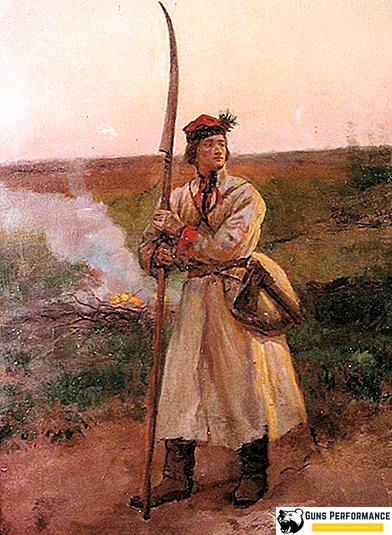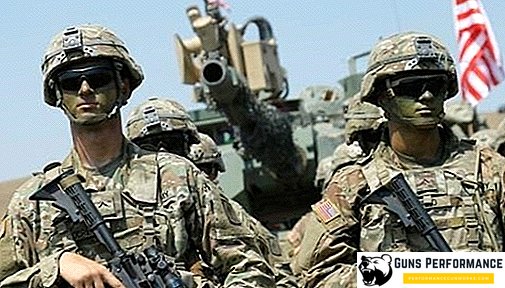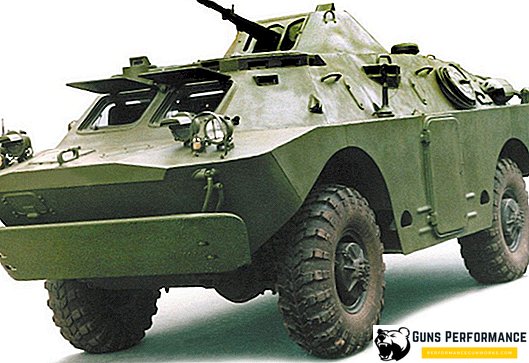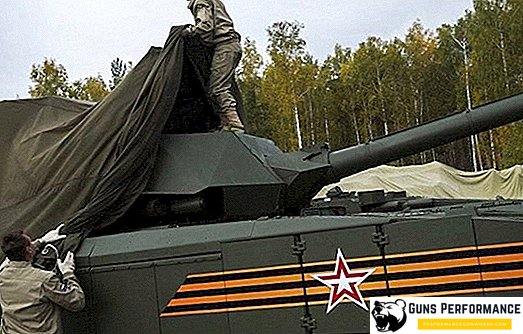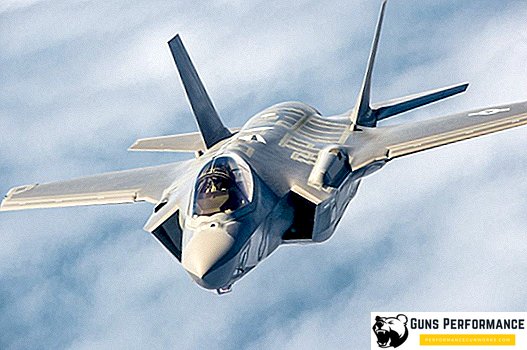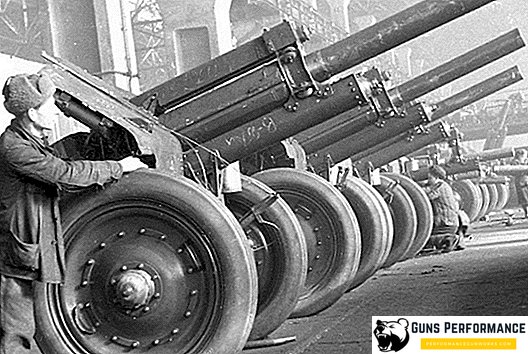
The Russian military department disclosed the cost of weapons and military equipment of the period of the Great Patriotic War, including the T-34 tank, Il-4 bomber and PPS submachine gun. This information was shared by Yevgeny Pronsky, Head of the Department of Financial Support of the Ministry of Defense, on the Echo of Moscow radio station. The official also spoke about the size of the financial incentives that the soldiers and commanders of the Red Army could count on doing this or that "combat work."
And although the USSR had a rather specific system of finance and pricing, the figures cited can give a general idea of the state policy in the field of procurement and production of weapons, as well as changes in the cost of military equipment, which has steadily declined throughout the war.
How much did the thirty-three cost?
According to Pronsky, in the war period the prices for military equipment and armament declined from year to year. For example, the famous T-34 tank in 1941 cost 269 thousand rubles, and a year later - already 193 thousand rubles. The development of technological processes and an increase in output made it possible by 1945 to reduce its price to 135 thousand rubles.
A similar situation is observed with the cost of the IL-4 bomber. If in 1941 it was purchased at 800 thousand rubles, then by the end of the war the price of a combat vehicle could be reduced more than twice - to 380 thousand rubles.
The Shpagin submachine gun in 1941 cost the state budget 500 rubles, and in 1945 only 148 rubles.
Pronsky said that due to lower prices, the Soviet Union during the war years was able to save a huge amount - up to 50 billion rubles.
It should be added that the whole exhibition hall in the Moscow Central Museum of the Armed Forces is dedicated to the financial side of the Great Patriotic War. There you can find some very interesting figures. For example, the heavy tank KV-1 at the stage of the installation batch cost 843 thousand rubles, but by mid-1941 it had dropped to 523 thousand rubles.
La-5 fighter in the beginning of 1943 cost the Soviet industry 106 thousand rubles, while the Yak-9 - 123 thousand rubles.
In 1939, the famous forty-five gun cost 14.2 thousand rubles, and the B-4 203-mm howitzer, 510 thousand rubles.
At the beginning of 1943, the Pe-2 dive-bomber ordered 260 thousand rubles each, and the transport Li-2 ordered 382 thousand rubles each.
Berlin Bombing Award
Yevgeny Pronsky touched on another interesting topic, namely financial rewards, which were received by military personnel. Material incentives for fighters were very common during the war years, with the amount of payments clearly regulated by special orders. The first of these was signed by Stalin on August 8, 1941. It dealt with the material encouragement of pilots of the Baltic Fleet, who managed to launch a bombing attack on Berlin. Each crew member was ordered to issue 2 thousand rubles.
On August 19, 1941, Order No. 299 was issued to encourage fighter and bomber pilots. For each downed enemy plane was supposed to 1 thousand rubles. In addition, for three air victories the pilot received a government award, and for ten - the title of Hero of the Soviet Union.
In 1943, additional payments were made for bomber pilots. For the bombing of any capital of the enemy, the commander of the vehicle received 2 thousand rubles, the rest of the crew — 1 thousand rubles each. However, the destroyed ships of the enemy were most valued: the captain received 10 thousand rubles for a sunken destroyer or submarine, and sailors and officers received 2.5 thousand rubles each.
Land forces were not forgotten either. For each shot down tank, the commanders of the guns were supposed to receive 500 rubles each, and the rest of the crew members, 200 rubles each. The paratroopers were charged an additional payment of 500 rubles for their participation in the combat landing operation.


